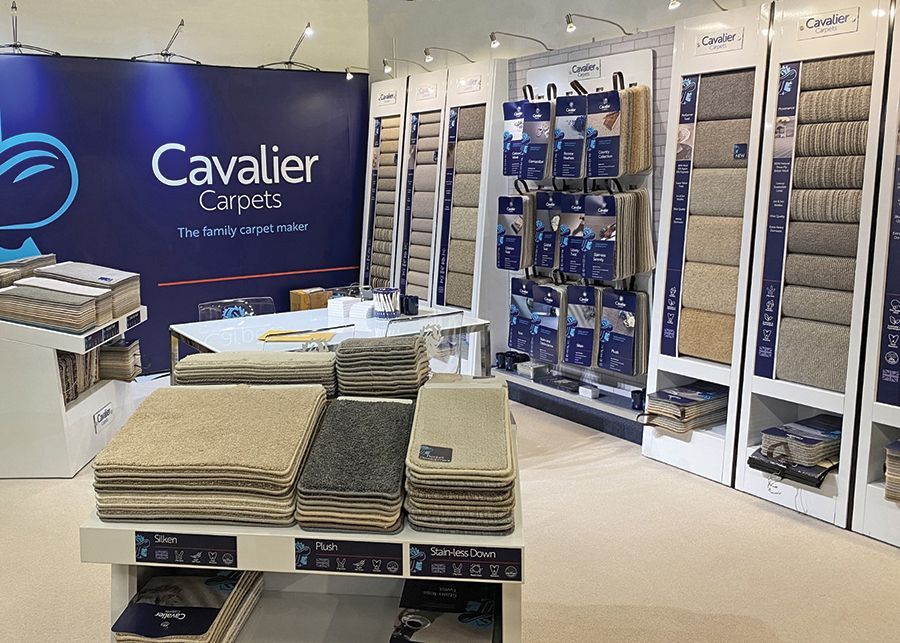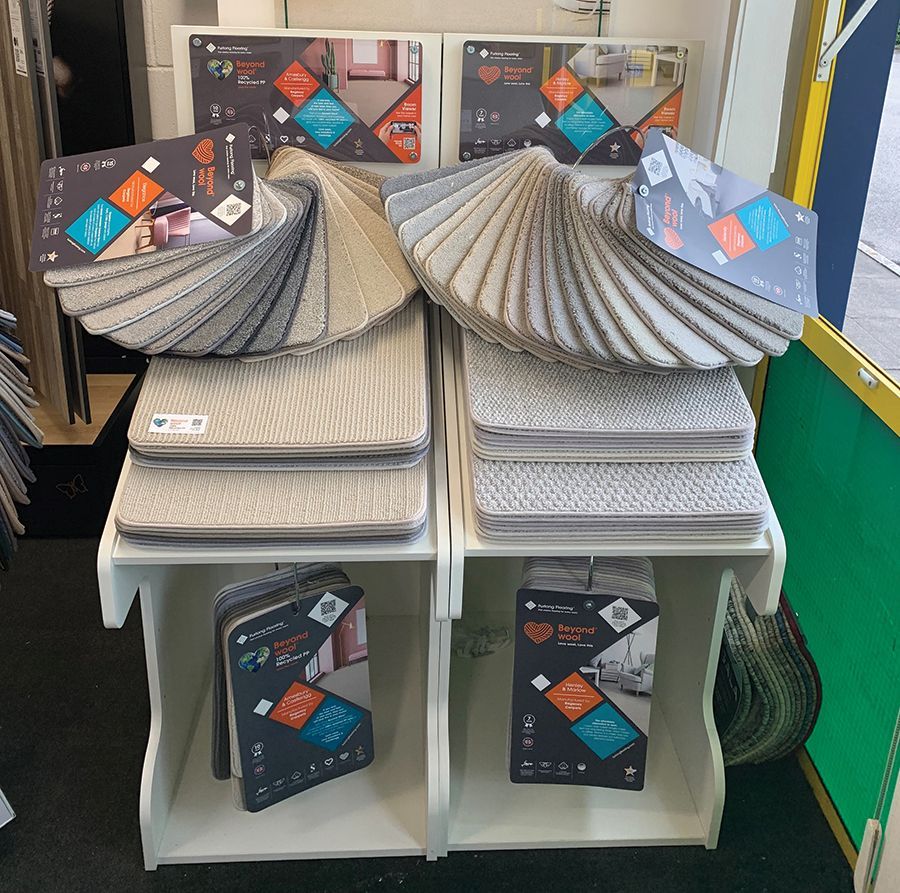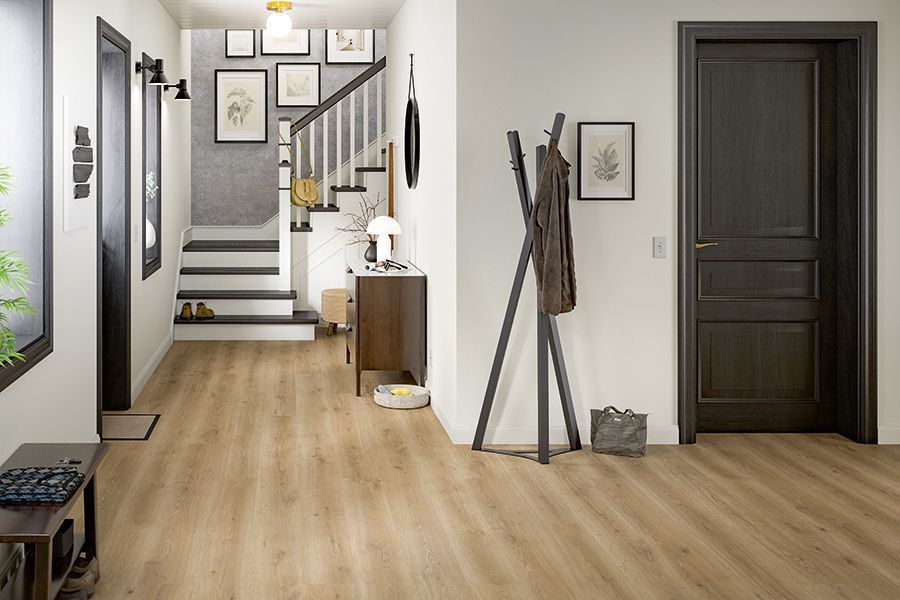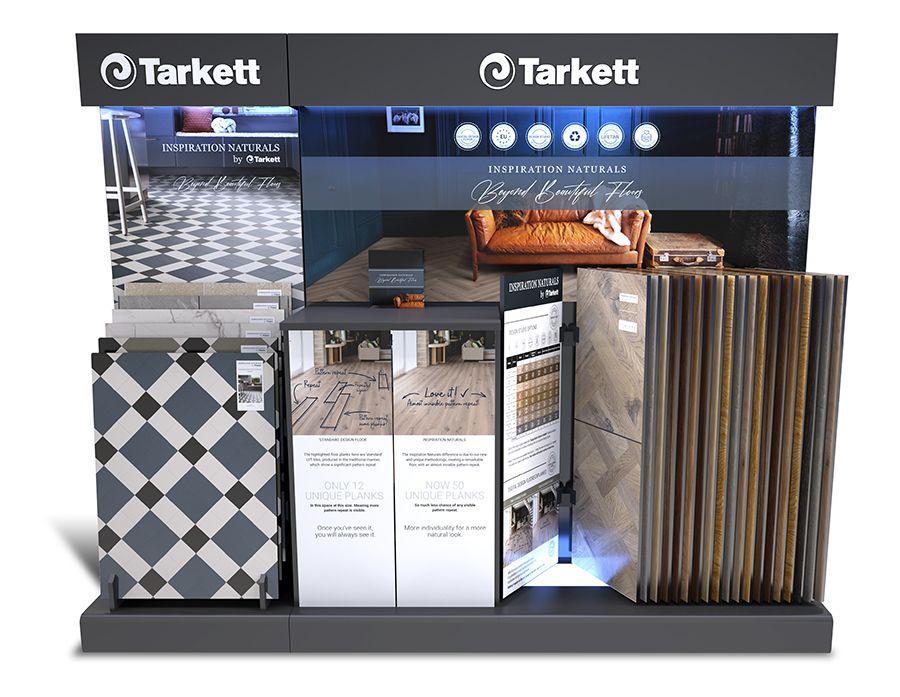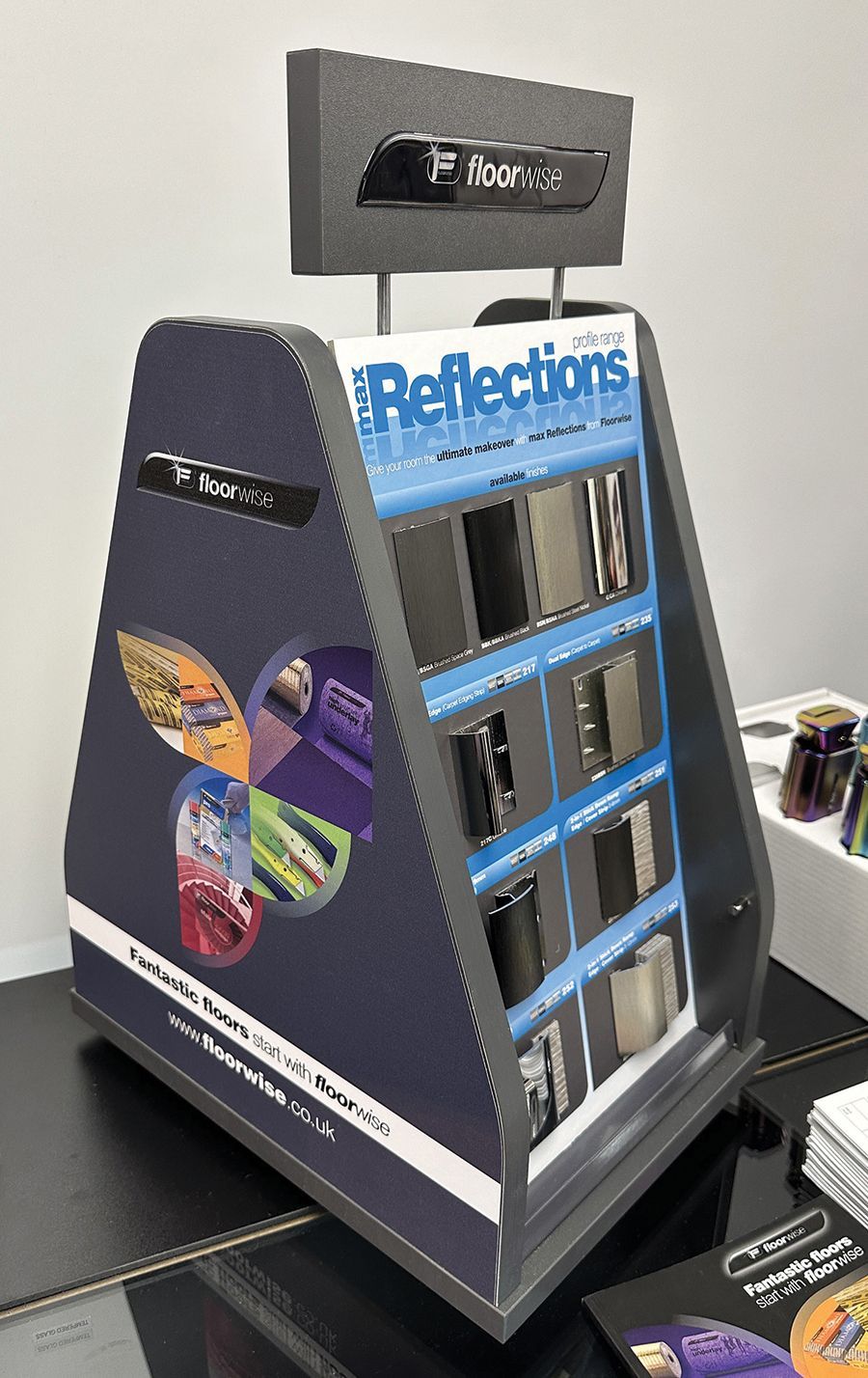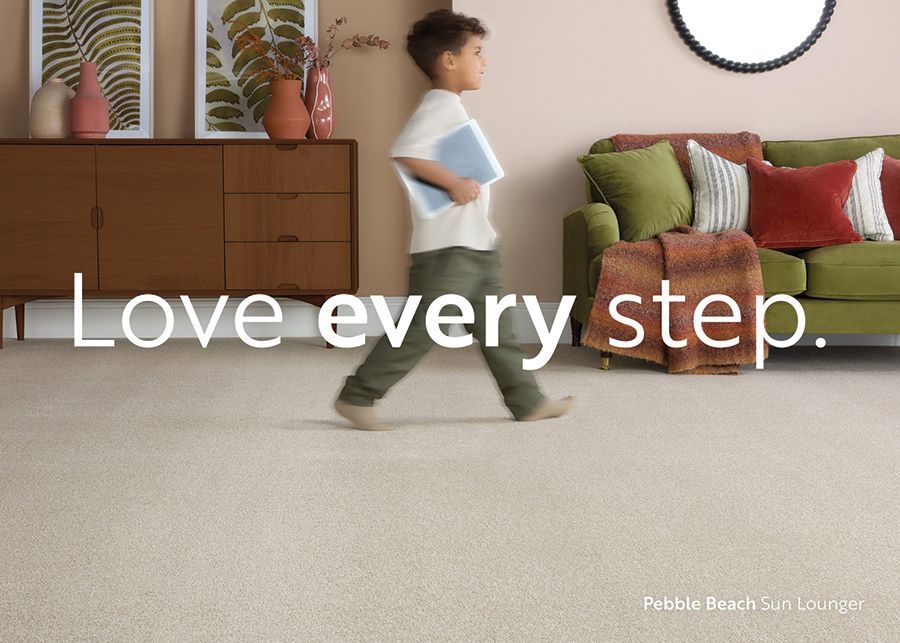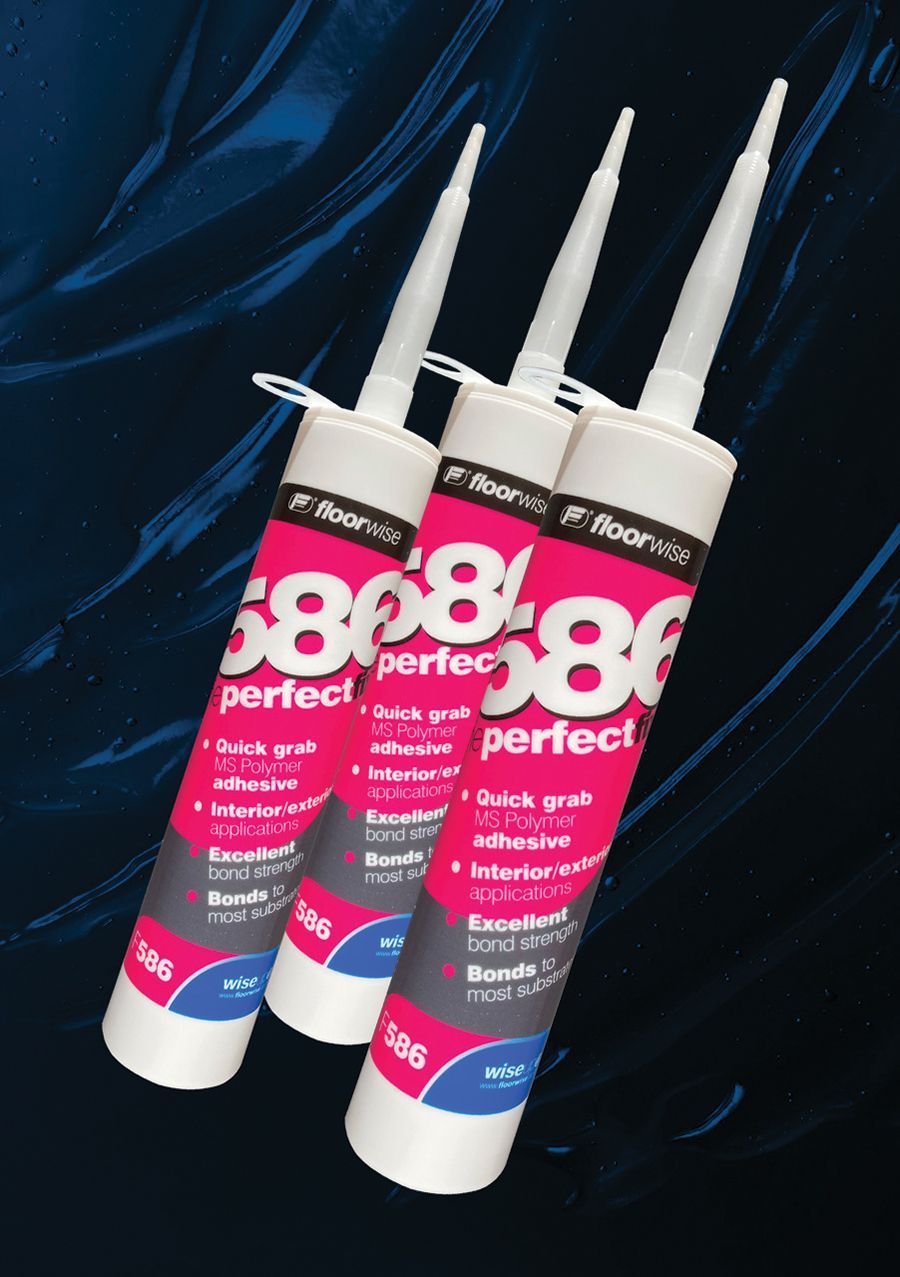Guide to wood flooring installations

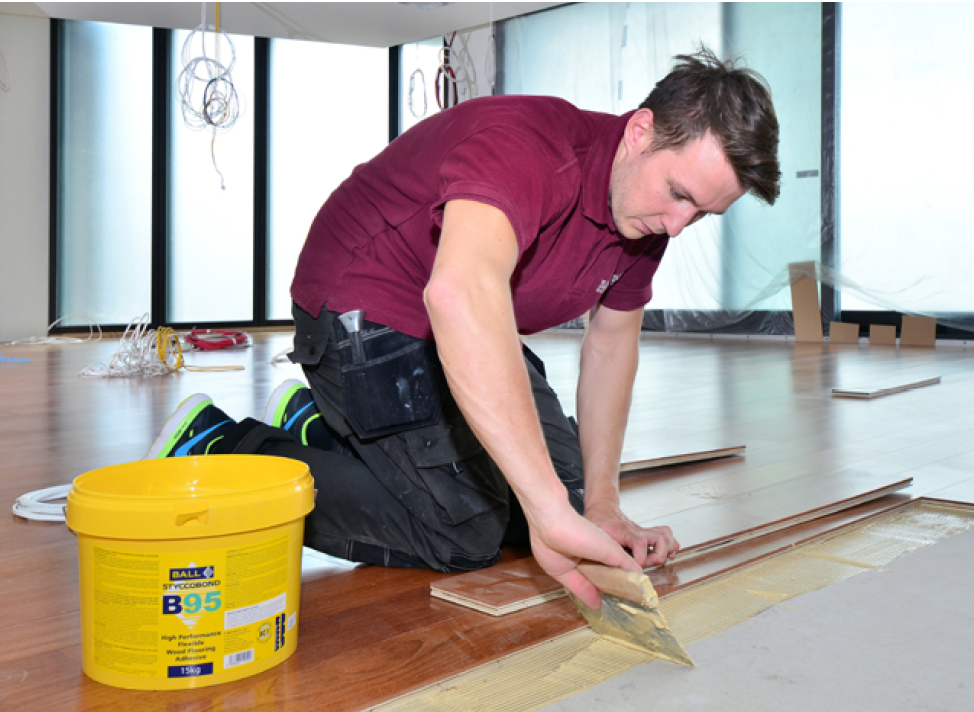
Apart from being desirable for its natural appearance,
wood flooring can outlast textile and man-made alternatives, potentially withstanding generations of wear and even improving with age providing it is installed properly. Neil Sanders, technical director at the UK’s leading manufacturer of subfloor preparation products and adhesives for floorcoverings,F. Ball and Co. Ltd., provides a guide to ensuring installations live up to their potential.
Achieving a long-lasting, visually attractive finish with timber floorcoverings demands that the same basic principles of floorcovering installation are followed as when installing other types of floorcovering. However, wood is more susceptible than textile or resilient floorcoverings to damage from moisture. It can also expand and contract significantly as a result of changes in atmospheric conditions, including temperature and humidity, exerting strain on adhesives and the surface to which floorcoverings are bonded. This demands a few unique considerations when installing this kind of flooring.
CHECK FOR MOISTURE
A subfloor must be suitably sound, smooth and free of any contaminants, including any old adhesive residues. Furthermore, it is essential that it is checked for moisture to determine if it is dry enough to receive a floorcovering by undertaking a moisture test. F. Ball recommends this as a routine procedure as part of any flooring installation. To comply with British Standards, subfloor Relative Humidity (RH) levels should be measured using a calibrated digital hygrometer.
If unmanaged, excess subfloor moisture will cause wood to
warp and attack adhesives, potentially resulting in the floorcoverings cupping or buckling and, ultimately, complete floor failure.
Normally, a liquid waterproof surface membrane will be required to suppress excess subfloor moisture when subfloor RH levels are above 75%. However, the maximum permitted figure is 65% where wood floorcoverings will be installed because of the sensitivity of this type of floorcovering to moisture.
CREATE A BASE
After checking subfloor moisture and deploying a moisture management solution where necessary, contractors can proceed to apply a smoothing compound to ensure a perfectly smooth base for the receipt of floorcoverings, remembering to prime the subfloor beforehand.
F. Ball usually recommends using a heavy-duty smoothing compound, such as its Stopgap 300 HD, prior to the installation of wood floorcoverings because they are better able to withstand the added strain exerted by the natural movement of the wood.
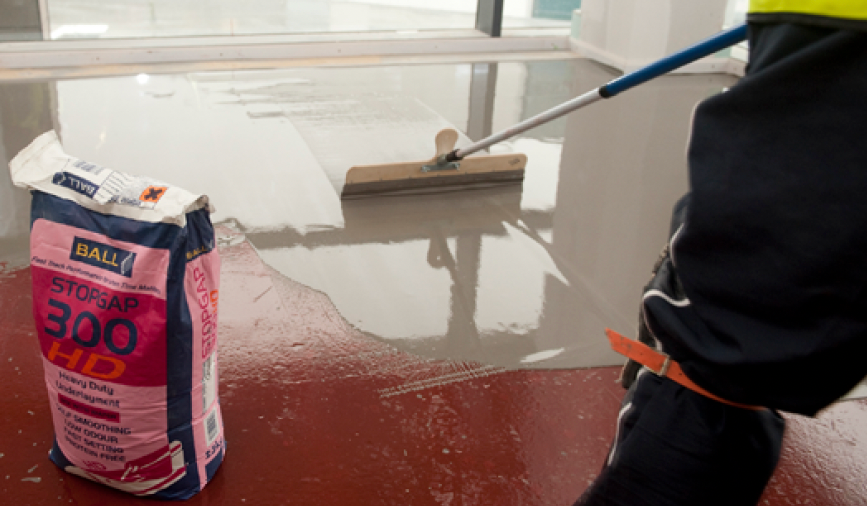
CHOOSE THE RIGHT ADHESIVE
Finally, contractors must select a specialist wood adhesive to install wood blocks or planks. Utilising the latest technology, flexible wood floor adhesives provide an elastic but strong bond, which will accommodate natural movement of wood flooring over its lifetime, ensuring a long lasting, visually attractive floor finish.
One such flexible wood floor adhesive, F. Ball’s Styccobond B95, provides good initial tack whilst also allowing for repositioning of floorcoverings during the initial stage of drying, a particular advantage when installing wood blocks.
INSTANT ADVICE
To ensure the correct choice of adhesive for the floorcovering, F. Ball recommends checking the compatibility using its industry-leading recommended adhesives guide (RAG), which lists adhesives recommended for use with over 6,000 floorcoverings, produced by over 200 flooring manufacturers. The RAG is available on the F. Ball website, downloadable as a free app, as well as a printed booklet. Alternatively, see floorcovering manufacturer’s instructions for advice. F. Ball guarantees that its products will perform for the entire lifetime of a flooring installation, as long as subfloor preparation and installation recommendations are followed.
F. Ball’s technical service department is also on hand Monday to Friday, 8.30am–5.00pm, to answer any questions you might have about installing wood floorcoverings or floorcovering-adhesive compatibility.
T +44 (0)1538 361 633 mail@f-ball.co.uk www.f-ball.com

